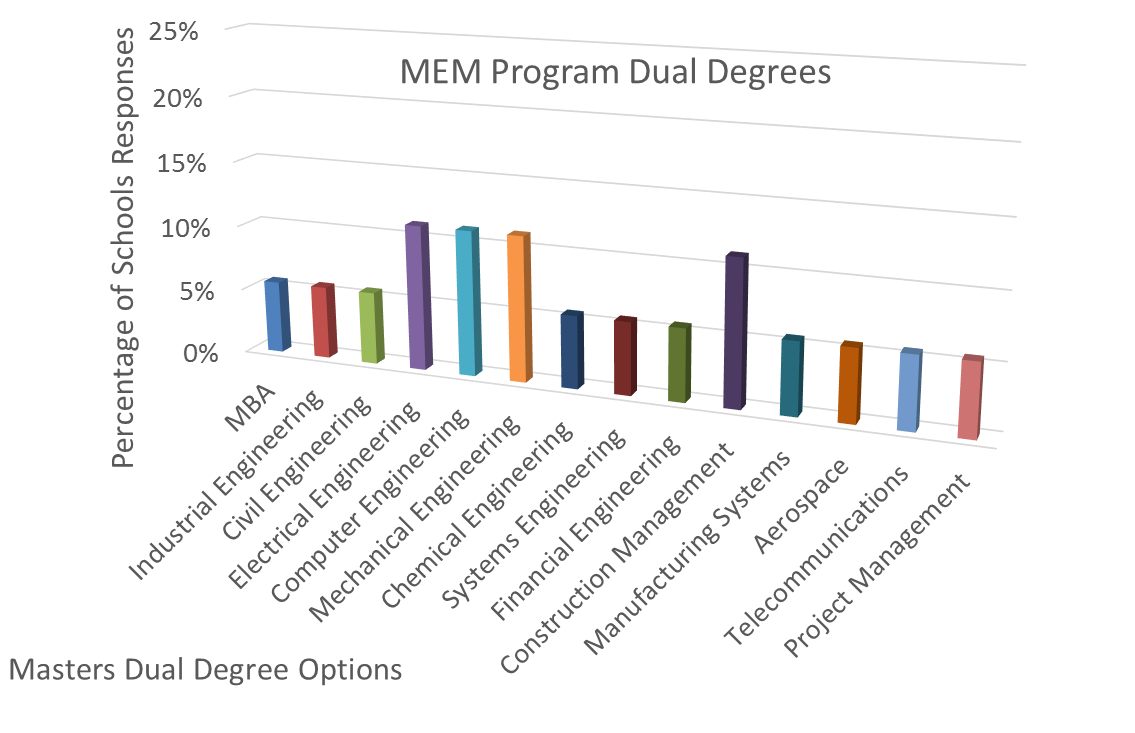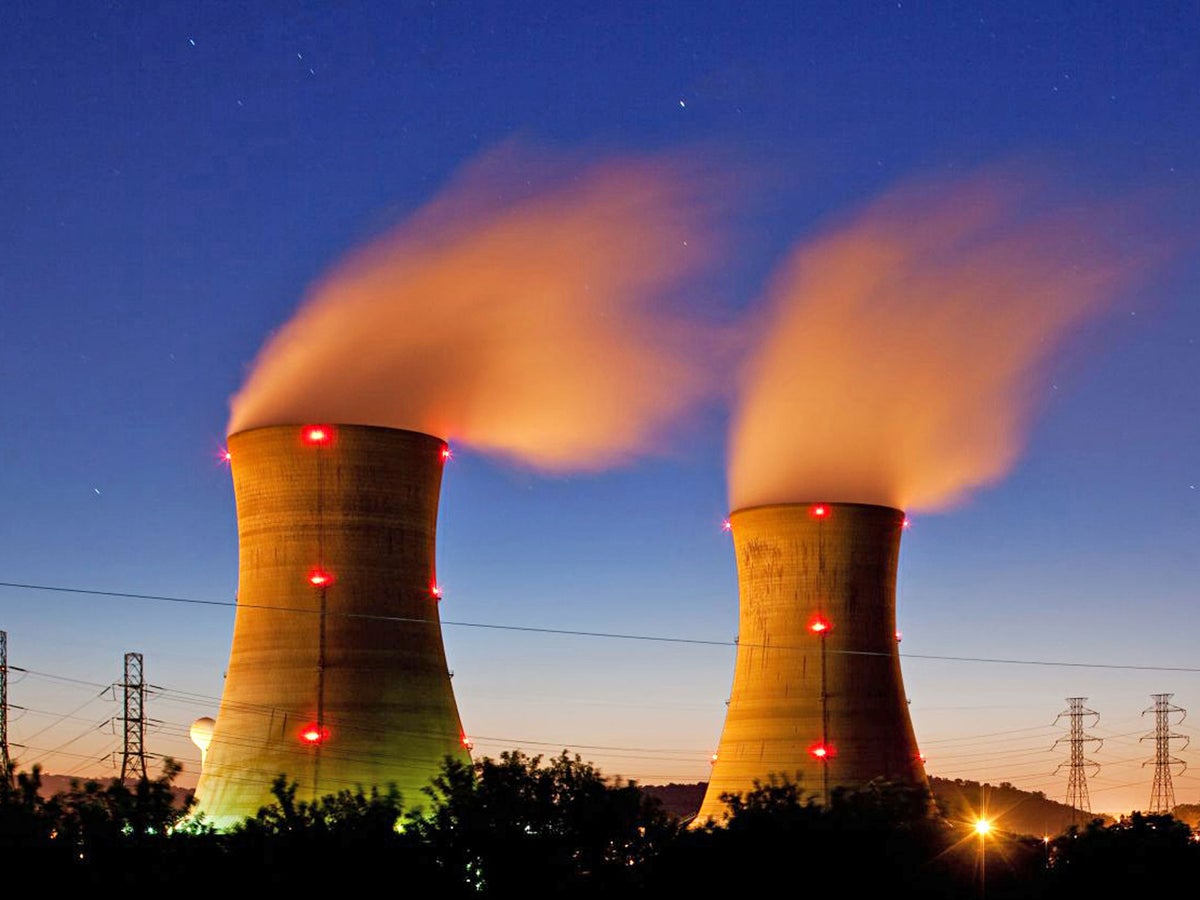
Engineering can be seen throughout history in many forms, including ancient monuments and modern technology. Imhotep was credited by the Ancient Egyptians with building the Saqqara Step Pyramid. Imhotep's step-pyramid was built in the third millennium BC. After his death, the Egyptians honored him with a deification. This ancient Egyptian engineer may be familiar to you, but did know that he was also an Egyptian deified god.
Ancient engineering monuments
Many ancient engineering monuments stand as a testament to the skills of human beings. Ancient Egyptian civil and military engineer are represented by the pyramids in Egypt, the ziggurats at Mesopotamia and Pharos from Alexandria. Acropolis, the city of Indus Valley civilization, and other ancient engineering monuments are examples. The Colosseum, the Acropolis, and other monuments left behind by Roman and ancient Greek engineers are examples of Roman engineering. Amazing structures created by Mayan civil engineers, such as the drainage and aqueduct systems at Teotihuacan, Mexico. Al-Jazari is a Turkish engineering memorial. It was constructed using five water pumping devices for the kings in the Artuqid family. Other engineers such as Mechanics invented the concepts of escapement mechanisms and gears.
Early mechanical engineering
The origins and development of mechanical engineering can be traced back to Mesopotamia in the 5th Millennium BC. The field has expanded greatly over the years, encompassing everything from automobiles to energy conversion to microelectromechanical systems. The history of mechanical engineers reveals that it wasn't as simple as it seems today. It doesn't matter whether you are interested manufacturing equipment, automobiles or energy conversion; mechanical engineering has influenced many aspects in our lives.

Early electrical engineering
After World War I, the relationship between electrical engineers with government officials was especially complicated. Radio communication was used in wartime to communicate with others, but the government had to regulate this new technology. The United States government took control over all wireless stations in 1917. They claimed that radio spectrum was too valuable not to be controlled. The result was a boom in technology that changed the way we communicate today. Today you can witness the history of electricity both in New York City as well as elsewhere.
Radio technology as it was developed in the early years
Simplex communications were possible using radios in the 1900s. Morse Code is a code similar to that used for writing and used to send messages. These communications were one-way and couldn't be overheard. Despite the limitations inherent in radios of the early days, the idea that electrical waves could be sent over long distances was revolutionary. The invention of long-distance telephone lines would not be possible until a new technology was created.
Early electric generators
The creation of an early electric generator was a remarkable feat of engineering. This made it possible produce small amounts of electricity with little effort. During the 1880s, hydraulic mines in the Sierra Nevada started experimenting with hydroelectric power. Almarian Decker (an engineer for the Brush arc lights who had moved from England to California because he was ill with tuberculosis) integrated generation and transmission into the first alternate-current three-phase power plant in Redlands in 1893.
In the West, early electrical engineering
The 19th-century is the start of the history in electrical engineering. Alexander Graham Bell and Thomas Edison, two of the greatest figures in the industry, were there at that time. The invention of electricity spread quickly and these two men were the first to specialize in it. The world was transformed by the growth of the electric industry. Governments became major employers of electrical engineers. The TVA is the most well-known of all government initiatives in this region, but local governments also provide power and service.

Santa Clara early electrical engineering
Santa Clara University's School of Engineering began offering bachelors degrees in 1912. The school later expanded its offerings to include master's and doctoral programs. Today, the school serves all of Silicon Valley. It offers an extensive range of programs in engineering including advanced degree programs. There are also many opportunities to network and continue education. It is the only national professional organization specifically dedicated to electrical engineering.
Electrical engineering in England at the beginning
England was home to electrical engineering. Many of the pioneers of this field were born in the UK, including George Stephenson (Isambard Kingdom Brunel) and Thomas Telford. In 1821 Michael Faraday showed the first conversion of electrical energy to mechanical energy. This proved the foundation of the field. Not only did these pioneers make the field possible, but many other people contributed to its development.
American early electrical engineering
Electricity is not a new technology. However, many other jurisdictions saw it as a necessity. Governments began to assume responsibility for providing power and communication to its citizens and became major employers of electrical engineers. The TVA is perhaps the most notable government initiative in this area, but there were other examples as well. The norm was government control of power, and communication outside the USA. As a result of technological advancements, electrical engineers began realizing the importance to advance their field.
FAQ
What are the jobs I can get as an engineer?
Engineers can work in nearly every industry: manufacturing, transportation and energy, finance, government and education.
Engineers who specialize in particular fields can often find employment at specific companies or organizations.
As an example, engineers might work for telecommunications providers, medical device producers, or computer chip companies.
Software developers could be employed by websites or mobile apps developers.
Software programmers can work at tech companies like Google, Microsoft or Apple.
What is a Chemical Engineer?
Chemical engineers employ math, science engineering, technology, as well as business skills to develop chemical processes and products.
Chemical engineers can specialize in areas such as petroleum refining, pharmaceuticals, food processing, agriculture, textiles, plastics, paper, mining, metallurgy, and power generation.
They work closely with researchers and scientists to solve complex technical problems.
Are you a student who wants to be an engineer?
Engineering does not require a bachelor's Degree. Many employers prefer applicants who have degrees. To get your degree, you can take some online classes if you don’t hold one.
Are there any requirements for engineering studies?
No. No. All that's required is a good grade in your GCSEs. Some universities require that applicants achieve certain academic achievements before they can be accepted. Cambridge University, for instance, requires applicants to earn A*-C grades (in Maths, English Language or Science)
These requirements are not met, so you may need to take additional courses to prepare you for university entrance exams.
You may also need to study additional science and math subjects. Talk to your school guidance counselors for more information.
What is a typical day in life of an engineer?
Engineers spend a lot of time on projects. These projects might include improving existing products or developing new ones.
They may be involved in research that aims to improve the environment.
They could also be involved creating new technologies such computers, mobile phones and planes, rockets, or other devices.
Engineers need to be creative and imaginative in order to accomplish these tasks. Engineers need to be able to think out of the box and create innovative solutions to problems.
They will often need to sit down and think of new ideas. They will also have to test their ideas and prototypes using tools such as 3D printers, laser cutters, CNC machines, computer-aided design software, and other equipment.
Engineers need to communicate well to convey their ideas to others. They need to write reports and presentations so that they can share their findings and ideas with clients and colleagues.
Finally, they must manage their time effectively to achieve maximum results in the shortest amount of time.
No matter the type of engineering, you need to be creative and imaginative as well as analytical and organized.
What kind of engineer is Elon Musk?
He's an inventor who loves to think outside of the box.
He is also a risktaker.
He isn't afraid of trying new ideas and is willing to take chances.
Elon Musk, a great example of someone who thinks and acts differently to others, is a great example. He doesn't just follow the crowd. He instead tests his ideas and decides if they work. He will change them if they don't work until he comes up with something that does. This way, he gets better at solving problems and developing innovative ideas.
Statistics
- 14% of Industrial engineers design systems that combine workers, machines, and more to create a product or service to eliminate wastefulness in production processes, according to BLS efficiently. (snhu.edu)
- Job growth outlook through 2030: 9% (snhu.edu)
External Links
How To
How to read engineering drawing
Engineering drawings give a visual description about an object. They contain many elements such as dimensions, symbols, text, etc. Since ancient times engineering drawings have been in existence. In Egypt, 3000 BC was the first time a drawing was recorded. Engineers use them to design objects like bridges, buildings, machines, etc.
Engineers use engineering drawings when they want to explain what something looks like. It aids others in understanding what you're talking. Engineers draw things out using symbols and numbers to show measurements. This makes it easier for people who don't know anything about engineering.
There are two main types: 2D or 3D.
2D drawings are flat representations of three-dimensional objects. These include plans as well as sections, elevations, and axonometric projections.
3D drawings are a way to visualize real-life objects in multiple perspectives. They are usually created by computer software. For example, if you wanted to see what a bridge looked like from above, you could put the model into a program called SketchUp. Then, select "View" then choose "Top view." After that, you will rotate your view to see everything from above.
2D drawings should be viewed in the entirety. Don't just focus on one part. Be sure to look at the entire area, even if it is just in one corner.